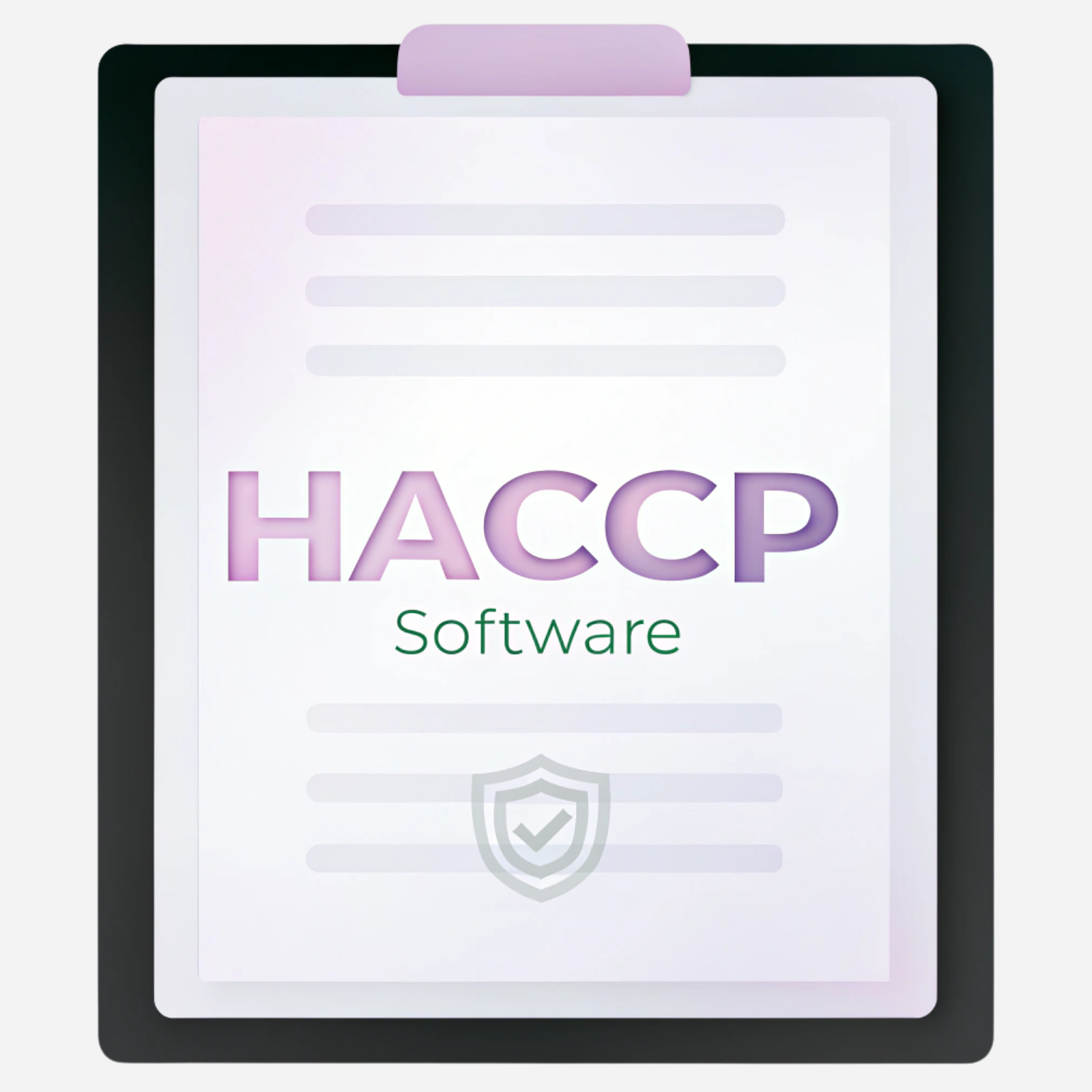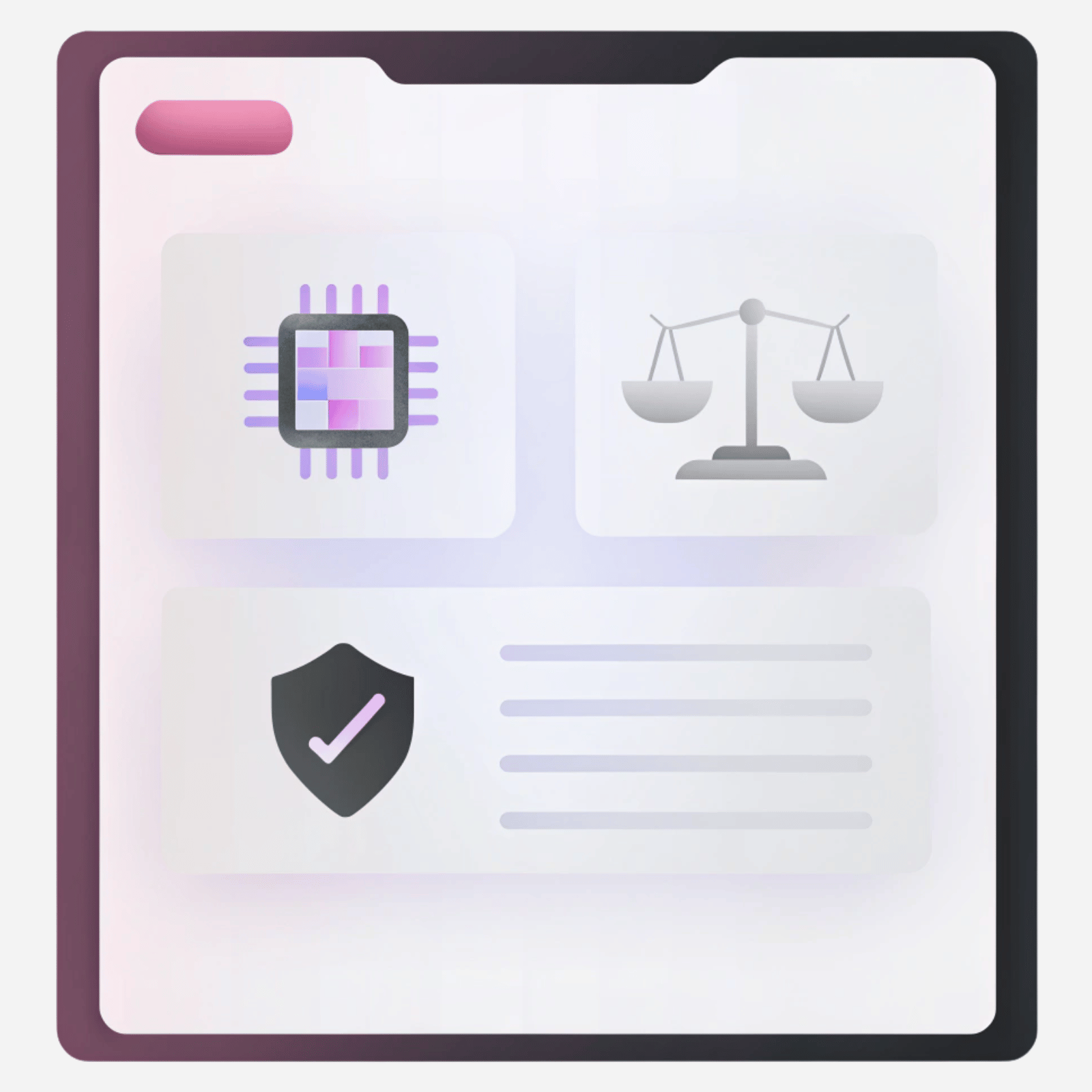
Introduction
Imagine trying to find typos in a 500-page document - by hand - while the text keeps changing.
That’s what manual compliance checks can feel like in today’s fast-moving business world. Regulations are constantly updated, internal processes evolve, and keeping everything aligned is no small feat.
Many companies still rely on excel spreadsheets, static reports, or occasional audits to ensure they’re following the rules. But we need to be honest that these traditional methods are slow, error-prone, and often reactive - meaning issues are only spotted after they’ve caused a problem.
That’s where AI Gap Analysis Agents come in.
These intelligent systems automatically scan for inconsistencies between your actual operations and the standards or policies you’re supposed to follow. They don’t just find what’s missing - they learn over time, spot patterns, and even suggest improvements, reducing the chance of costly compliance errors.
In this article, we’ll dive into what AI Gap Analysis Agents are, how they help reduce compliance errors, and why businesses that adopt them gain a clear advantage in staying accurate, efficient, and ahead of the curve.
What Are AI Gap Analysis Agents?
AI Gap Analysis Agents are intelligent systems designed to identify and eliminate compliance gaps by comparing regulatory requirements with a company’s current practices. Instead of manually cross-referencing documents with complex laws and standards, these agents automate the process - making compliance faster, more accurate, and less resource-intensive.
Here’s how they work:
- Generating Requirements from Regulations
AI starts with analyzing laws, policies, or industry frameworks and converting them into structured mandates (embeddings). For instance, it can break down a data protection law into actionable rules around storage, access, and encryption.
- Structuring Data for AI
Next, the regulatory content is converted into a format that AI can process efficiently. This allows the system to understand the law and apply it consistently across documents and workflows.
- Performing the Gap Analysis
The AI evaluates company documents against the generated requirements. It scores compliance levels and highlights areas that meet, exceed, or fall short of the expected standards.
- Generating Recommendations
If any gaps are found, the AI suggests specific actions like implementing new security protocols or adjusting data policies - to bring the organization back into compliance.
- Assisting with Documentation

Finally, the AI can help draft or revise documents. Whether it's creating a new policy from scratch or editing an outdated one, the system provides targeted suggestions to fix compliance issues directly in the documentation.
Overall, AI Gap Analysis Agents act as always-on compliance assistants: scanning, assessing, and correcting issues before they become risks.
How AI Gap Analysis Reduces Compliance Errors
Now that we've established how AI Gap Analysis Agents work, let’s look at how they can help reduce compliance errors in real-world scenarios.
Imagine Sarah, the compliance officer at a growing tech company, who’s already familiar with the manual process of cross-referencing documents with regulations. This method was both labor-intensive and prone to inconsistencies. Compliance gaps often went unnoticed until audits revealed them, causing delays and exposing the company to unnecessary risk.
Here’s how AI Gap Analysis reduces compliance errors:
- Real-Time Monitoring:
AI continuously scans internal documents and compares them against the latest regulations, flagging any compliance gaps instantly. When a new regulation is introduced, the system identifies non-compliance and alerts Sarah before it becomes an issue.
- Simplified Regulation Interpretation:
Rather than spending hours deciphering complex regulations, Sarah relies on AI to break down legal jargon into simple, actionable requirements. For example, when a new data encryption law comes into play, AI identifies exactly which processes need to be updated.
- Automated Gap Detection:
The AI analyzes company documents against regulations and automatically detects any gaps. If Sarah’s team has an outdated data retention policy, for instance, the system flags it, assigns a severity score, and prioritizes it for review.
- Tailored Remediation Recommendations:
When gaps are found, AI offers specific, actionable recommendations to address each issue - whether that’s updating policies, adopting new technology, or changing internal procedures.
- Document Drafting and Editing Assistance:
When remediation is needed, AI can assist in drafting new policies or editing existing documents. If a policy no longer aligns with updated regulations, Sarah can rely on AI to suggest edits that bring the document into full compliance.
By integrating AI tools like IONI, Sarah and her team reduce the chances of human error, speed up compliance processes, and ensure they stay ahead of regulatory changes. What used to take days is now streamlined into real-time compliance management.
Watch How IONI Works
See our AI-driven Gap Analysis in action. This short video walks through how the platform identifies compliance gaps, pinpoints risks, and helps you reduce costly errors.
Key Benefits for Risk and Compliance Teams
Compliance is not a checklist; it’s a process of continuous improvement. With AI gap analysis, businesses can transform their compliance efforts into a strategic advantage. Here’s how:
- Real-Time Visibility:
Your compliance gaps aren’t hidden risks; they’re opportunities to stay ahead. AI provides a real-time view of where your compliance is at risk, ensuring you address issues before they escalate.
- Data-Driven Decisions:
AI doesn’t just identify problems - it helps you make informed, data-driven decisions. By offering actionable insights and clear recommendations, AI enables compliance teams to prioritize effectively and mitigate risk faster.
- Cost-Efficiency:
Time is money. AI gap analysis eliminates manual checks, reducing the time spent on audits and document revisions.
- Proactive Risk Mitigation:
Compliance isn’t about catching mistakes after the fact; it’s about preventing them. AI helps you adopt a proactive approach to compliance.
- Enhanced Accuracy and Consistency:
Manual processes are prone to human error, but AI doesn’t miss a detail. With AI, your compliance processes become more accurate and consistent.
Finally, compliance isn’t a burden - it’s an opportunity to boost your team’s resilience.
Conclusion
Compliance is more than just fulfilling legal requirements - it’s about establishing a strong foundation of trust and accountability within your company. With the increasing complexity of regulations, keeping up with compliance can seem like a daunting task. However, AI-powered gap analysis turns this challenge into an opportunity for growth and improvement.
By automating the identification of compliance gaps, offering real-time monitoring, and providing personalized recommendations, AI reduces the risk of errors and ensures that your compliance processes are both more efficient and proactive. Tools like IONI allow your team to stay ahead of regulatory changes, avoid costly mistakes, and significantly boost your compliance efforts.
Your gaps are not a threat; they are a guide to optimizing your compliance strategy - with AI, you can address them with confidence and precision.









